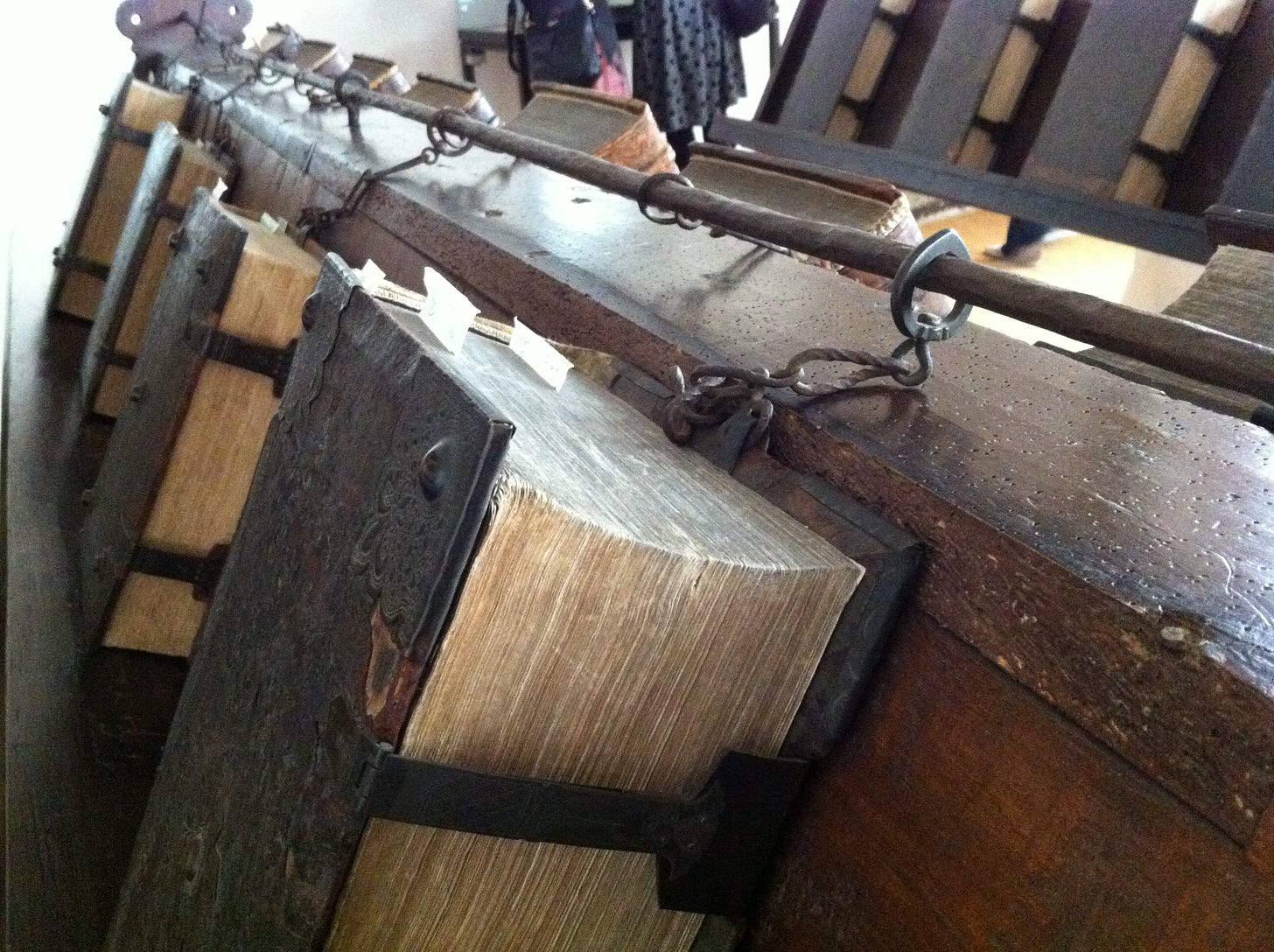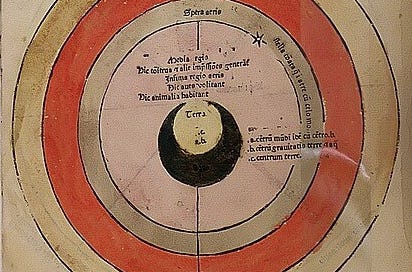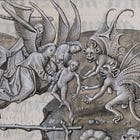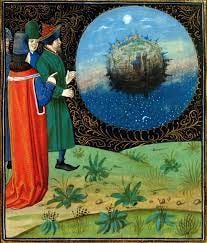Lacking a World
I’ve made a big mistake.
I keep talking about the medieval world, but haven’t really explained just what that is.
Some people doubtless think my Adelards and my Abelards—
—My Aquinases and Albertuses—
—My Mandevilles and Polos—
—My Rimberts and my Ratramnuses—
—all believed the world was flat!
Wrong!
Or that everyone believed the universe was finite!
Also (a bit less) wrong!
Even that no one would be crazy enough to imagine that the world was shaped like a tabernacle!
Crazy how wrong! you are…
…So, I’ll be writing a big post on the medieval world and cosmology. Exciting stuff, trust me.
But right now, I just want to look at what my professor described as “coffee table books”.
So, books were deluxe, especially if you weren’t a monk or university schoolperson. But this increasingly changed—in a fascinating study, we know that in the 1470s (after the printing press was invented) there was an explosion in traditional manuscripts—not printed books.
Partly this was because it was a “deluxe” status symbol, and because printing was barely off the ground. One for another day…

Anyway, these books were often encyclopedias and were often lavishly illustrated, but in a way that was easy to repeat in copies. These would be gawked at and presented just the same way coffee table books are today, or put another way, early modern people would show off their art.
These disseminated knowledge, were a cornerstone in medieval (urban) economies, and showed medieval wonder and interest in marvels that populated the world.
And they never show a flat earth!
My favourite is probably La Sfera from the 1420s, made and published by some Florentine brothers. It’s my favourite because I held a copy in my hands!
I do not own the images used in this post.











Great stuff. Right up my street. Maybe we live on the same one? My goal is, through my posts, to show the pragmatism of medieval manuscripts. On the one hand, there are luxury manuscripts which are meant to be shown off, like you highlighted. Majestic books have impact on the illiterate in the era of transitional literacy. A medieval town's majestic law book would be presented and read aloud from the balcony of the town hall for the craftsmen to see and hear yearly. Pragmatic manuscripts, on the other hand, are for internal use and are instead undecorated and cloistered storage vessels. However, it is not a polarity. It is "fluid" as the postmodernists love to say. Even luxury manuscripts have a pragmatic side (they work to hold a social order together). Ironically, part of their pragmatism is in their majesty. Their beautiful appearance and illustrations interact with the vast majority who cannot read them, whereby they are included in the social order led by a tiny literate elite. My plan is to keep hammering this theme. Medievalists here love to upload images of only the most gorgeous manuscripts. I want to show the ugly, yet significant ones too. They make up the bulk of the tradition, and usually never see the light of day outside the archives.
Looking forward to reading your post on cosmology! I am writing the book of cosmogony for my rpg setting and it can be a great source of inspiration!